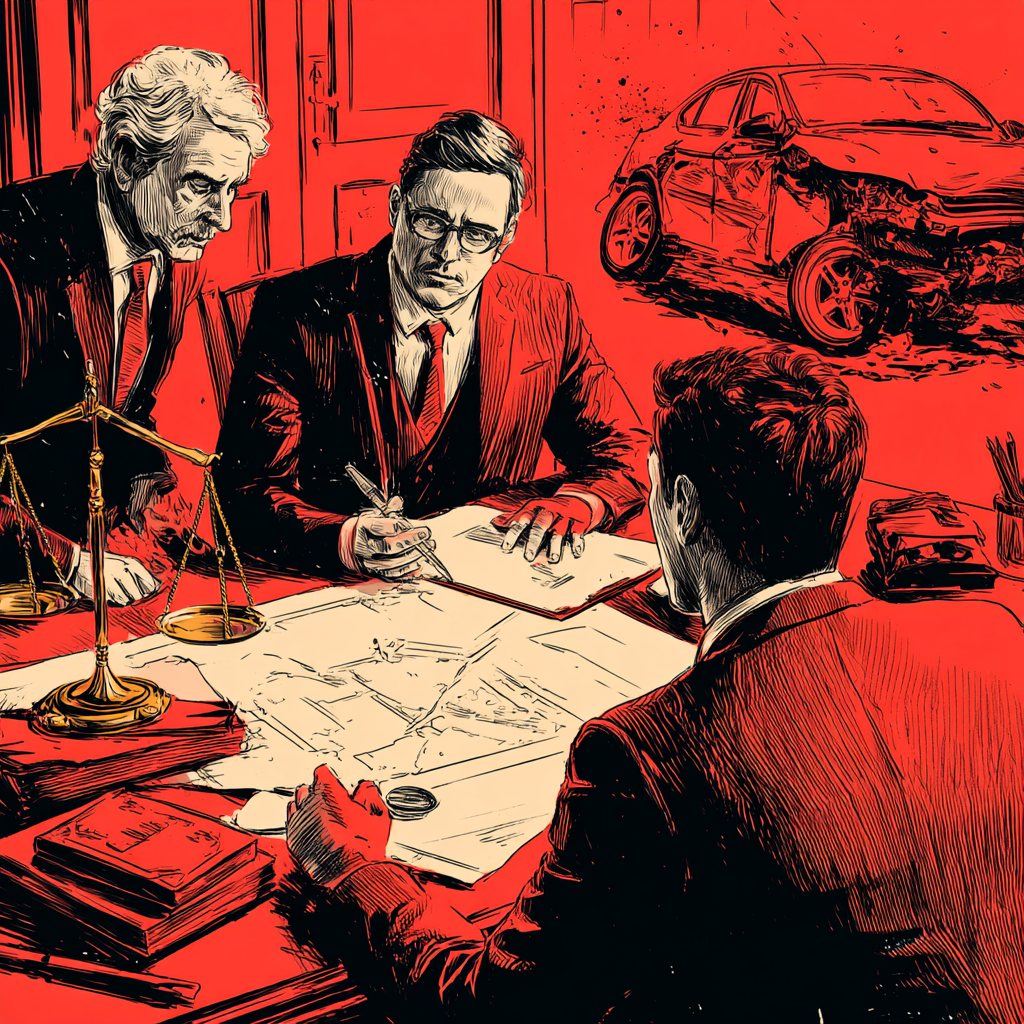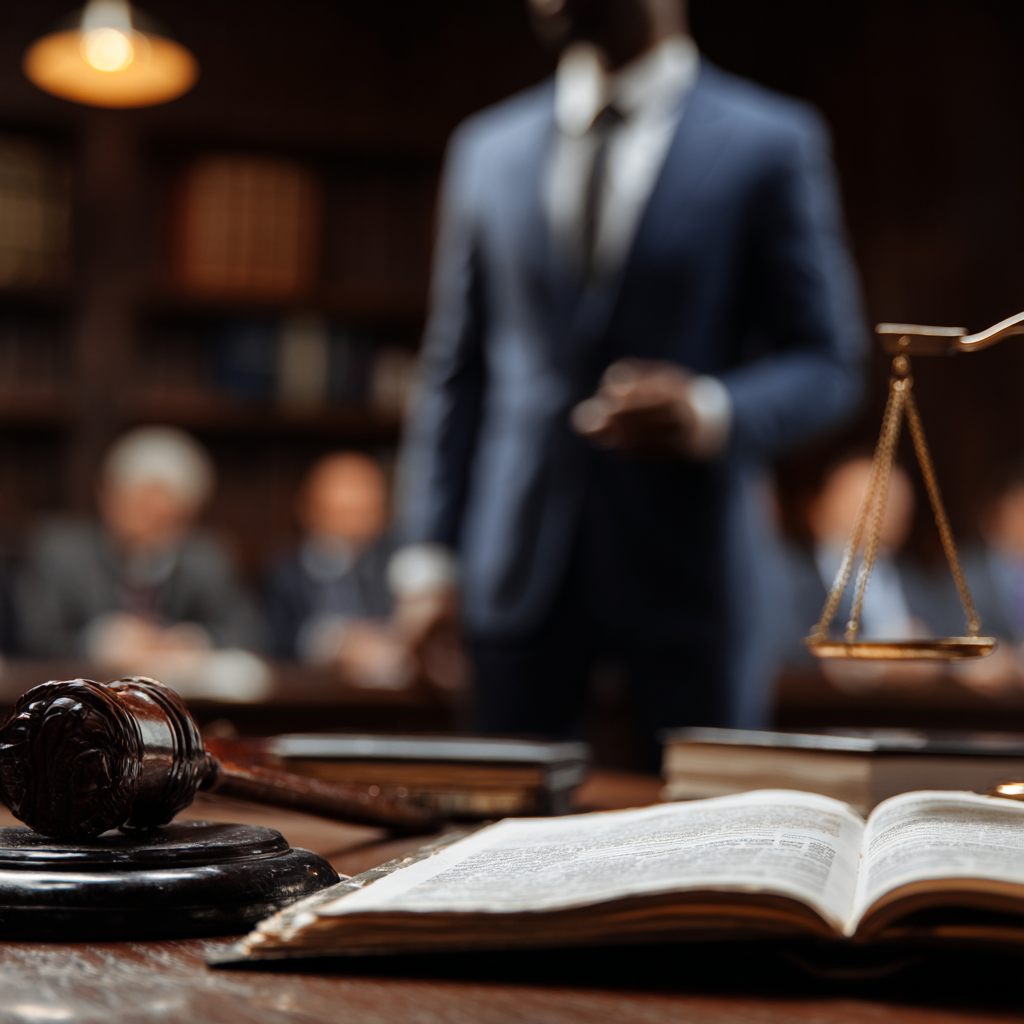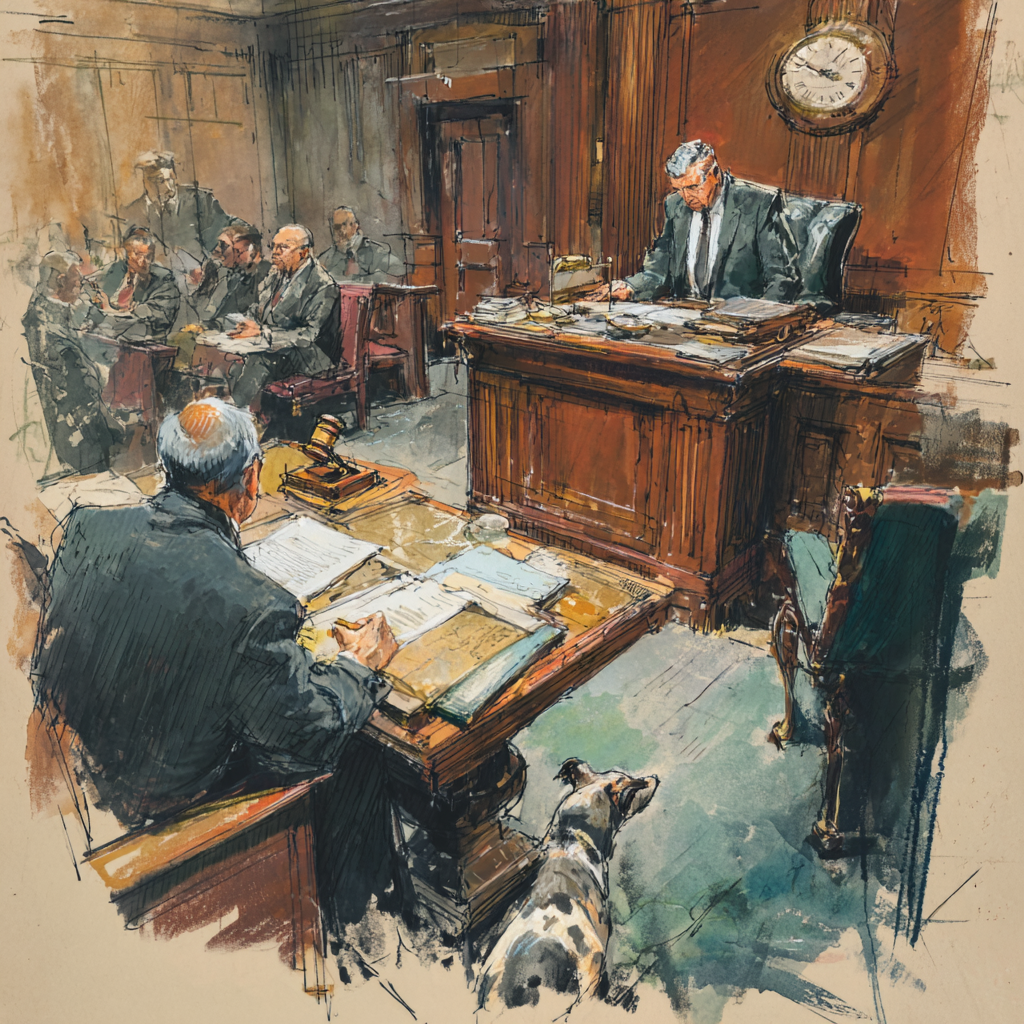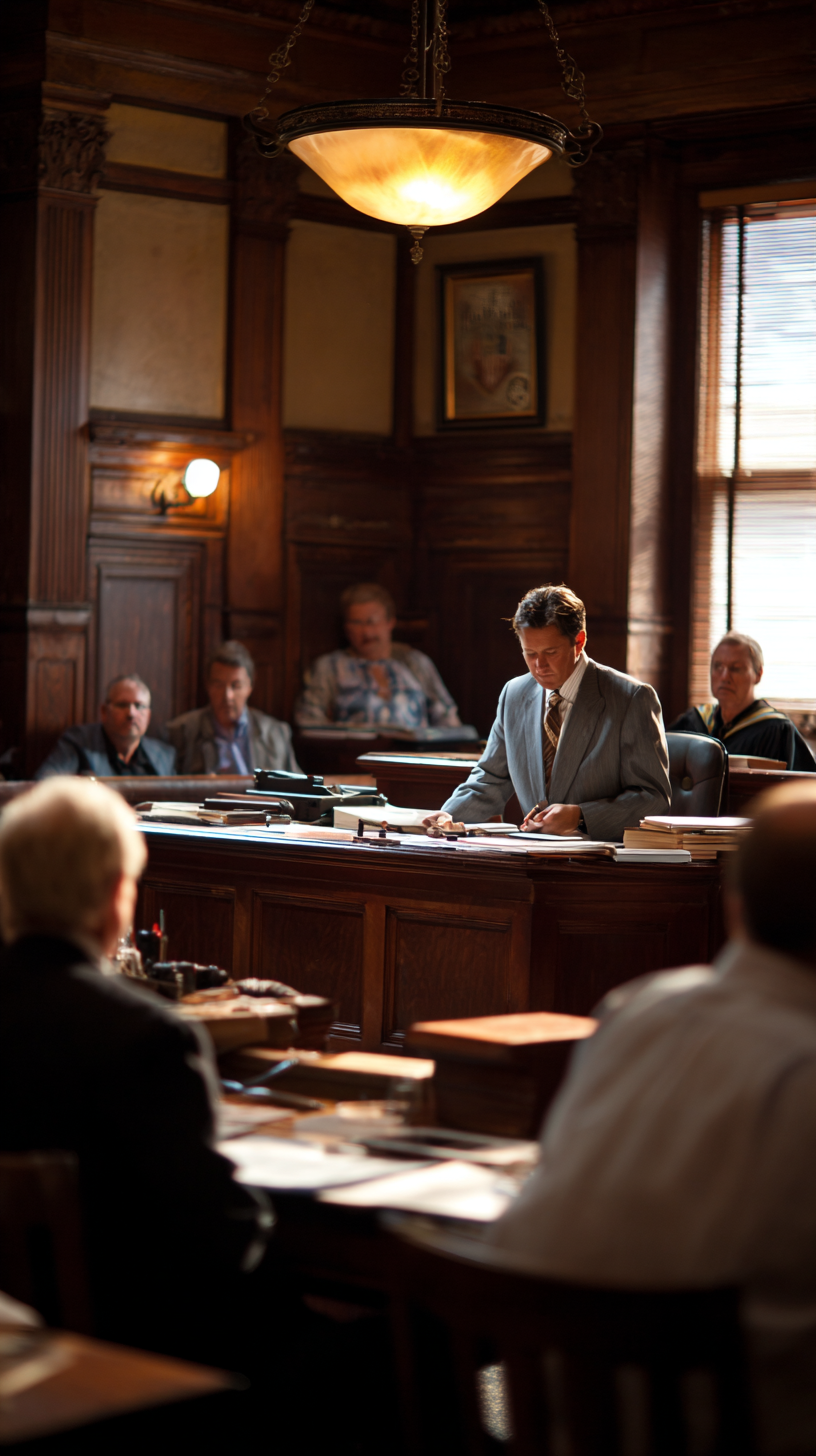Yvonne Y. v City of New York, 2021 NY Slip Op 06468 (1sr Dept. 2021)
I was at first taken aback when I saw the number. Then I saw the injuries and I almost gagged, because this cannot be a life that many would find enjoyment living. Interestingly, I have handled RSD cases n/k/a CRPS cases, and the thought of living with that disorder makes me feel ill. This is about 30x worse.
We can all debate the low impact cases and argue whether the Delta V can or cannot cause the injuries. I cannot offer an opinion because, strangely, I end up on both sides of that equation depending on whether I am doing defense or plaintiff work. But we can all agree this is just atrocious.
“Plaintiff, then 16 years old, suffered catastrophic physical injuries, with psychological and emotional sequelae, when he was set on fire during a chemistry demonstration at the New York City public high school he attended as a student. The physical injuries included, among other things, third-degree burns to 31% of plaintiff’s body — mainly on his face, ears, neck, arms, and hands — as well as degloving injuries to his hands and a corneal abrasion to his right eye. The record shows that plaintiff never lost consciousness. Within the first 24 hours of his hospital admission immediately following the accident, 38 pounds of fluid were pumped into plaintiff’s body in an attempt to provide adequate fluid replacement to his damaged tissue, and plaintiff was placed in an induced coma for three days.
After the induced coma was terminated, plaintiff’s treatment consisted of a series of major operations to remove as much of his burned skin as possible and replace it with skin grafts. Cadaver grafts were initially used as a temporary measure before permanent skin grafts could be harvested from other parts of plaintiff’s body. Plaintiff contracted a MRSA infection while in the hospital, causing loss of half of the cadaver skin grafts. The skin grafts also required thousands of staples in order to affix the new skin. Between the skin that was burned in the accident and harvested for grafting, approximately half of plaintiff’s skin was removed.
The third-degree burns that plaintiff suffered also destroyed the nerves and sweat glands underneath his skin, causing him both to lose sensation in those areas and to be unable to regulate his own body temperature. Following his two-month hospital stay, plaintiff was required to wear compression [*2]garments, which caused him to overheat. Plaintiff’s treating physician testified not only that these injuries were permanent and incurable, but that plaintiff will also suffer from “double or triple” the problems he ordinarily would have as he ages due to skin atrophy, i.e., the loss of elasticity and thickness of the skin. Options for future treatment included reconstructive surgery for plaintiff’s ears — which, plaintiff said, were “completely burned off” — and plastic surgery to even out his skin tone and scarring.
As for his psychological and emotional suffering, plaintiff testified, in detail, about the sensations he experienced being on fire. Despite stopping, dropping, and rolling in a futile attempt to extinguish the fire, plaintiff said that he “felt trapped in [his] own body” and “completely helpless.” He described it as “the worst pain [he had] ever felt in [his] entire life,” and that “[n]ot a day passes by where [he does not] think about it.” Plaintiff also attested to the unceasing, excruciating physical pain that he endured during his hospital stay, which was minimally alleviated, if at all, with pain medication.
Plaintiff also described the sense of losing himself that developed not only from having 31% of his skin burned away, but also from the affixation of cadaver grafts and the harvesting of another 19% of his own skin. He also recounted the horror and hopelessness he felt the first time that he saw his reflection in the hospital, and his father attested to, and recounted instances of, plaintiff’s despair during his hospital admission. Plaintiff further described how, upon being released from the hospital, his confidence and self-esteem plummeted. Plaintiff, who is nearsighted, developed a coping mechanism of removing his glasses while in public so that he could not see others’ reactions to his appearance.”









